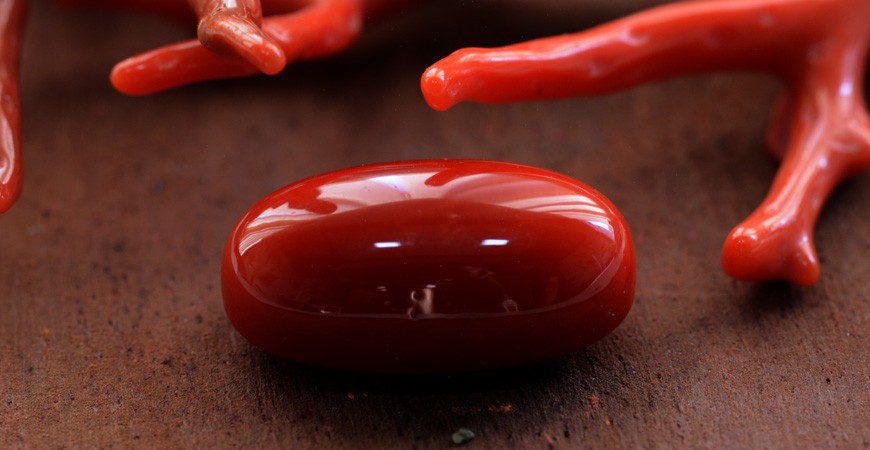Red Coral Gemstones: Rarity, Color Spectrum, and Care Tips
Corals are fascinating marine organisms that build extensive colonies over centuries, forming vibrant reefs beneath the ocean's surface. These coral reefs are rich ecosystems, providing shelter and sustenance to a myriad of marine species. While coral reefs are abundant across the world's oceans, the formation of gem-quality coral is exceedingly rare. Among these, the precious red coral stands out as one of the most prized and sought-after varieties, both for its vivid color and astrological significance.
Red coral, also known as "Moonga" in Vedic astrology, comes in a range of hues, from light orangish-red to the deep ox-blood red that is highly coveted. The deeper the red, the rarer and more valuable the coral. Corals exhibiting this deep red color, coupled with good stability and low porosity, are extremely rare and command high prices in international markets.
These precious corals are primarily sourced from two regions: the Mediterranean Sea, particularly along the coasts of Italy and Tunisia, and the waters around Japan, especially the Ogasawara Islands and nearby regions of Japan and Taiwan. Both Italian and Japanese corals are natural sources, ideal for astrological purposes. However, Japanese coral is often considered superior due to its increased stability, making it more resilient to wear. In contrast, Italian corals, though equally beautiful, tend to have veins within the structure that may become more visible with daily wear and tear.
To meet market demands, some corals undergo various treatments to enhance their stability and appearance. Common enhancements include dye coloring and filling with materials such as polymers and resins. The use of colorless polymers and resins is generally accepted in the market, as these treatments do not alter the coral's natural color but rather improve its stability by reducing porosity. However, corals that are heavily filled with these materials should be approached with caution. While they may imitate the appearance of higher-quality corals, they are often of lower grade.
Given that corals are delicate organic gemstones, advanced care is essential, especially when used in jewelry intended for daily wear. To preserve the beauty and integrity of red coral, it is crucial to avoid exposure to harsh detergents, chemicals, alcohol, perfumes, kumkum, milk (often used in religious rituals), dyes, and other substances that could be absorbed into the porous material. Such exposure can alter the color and potentially damage the structure of the coral, making careful handling a necessity to maintain its quality over time.



